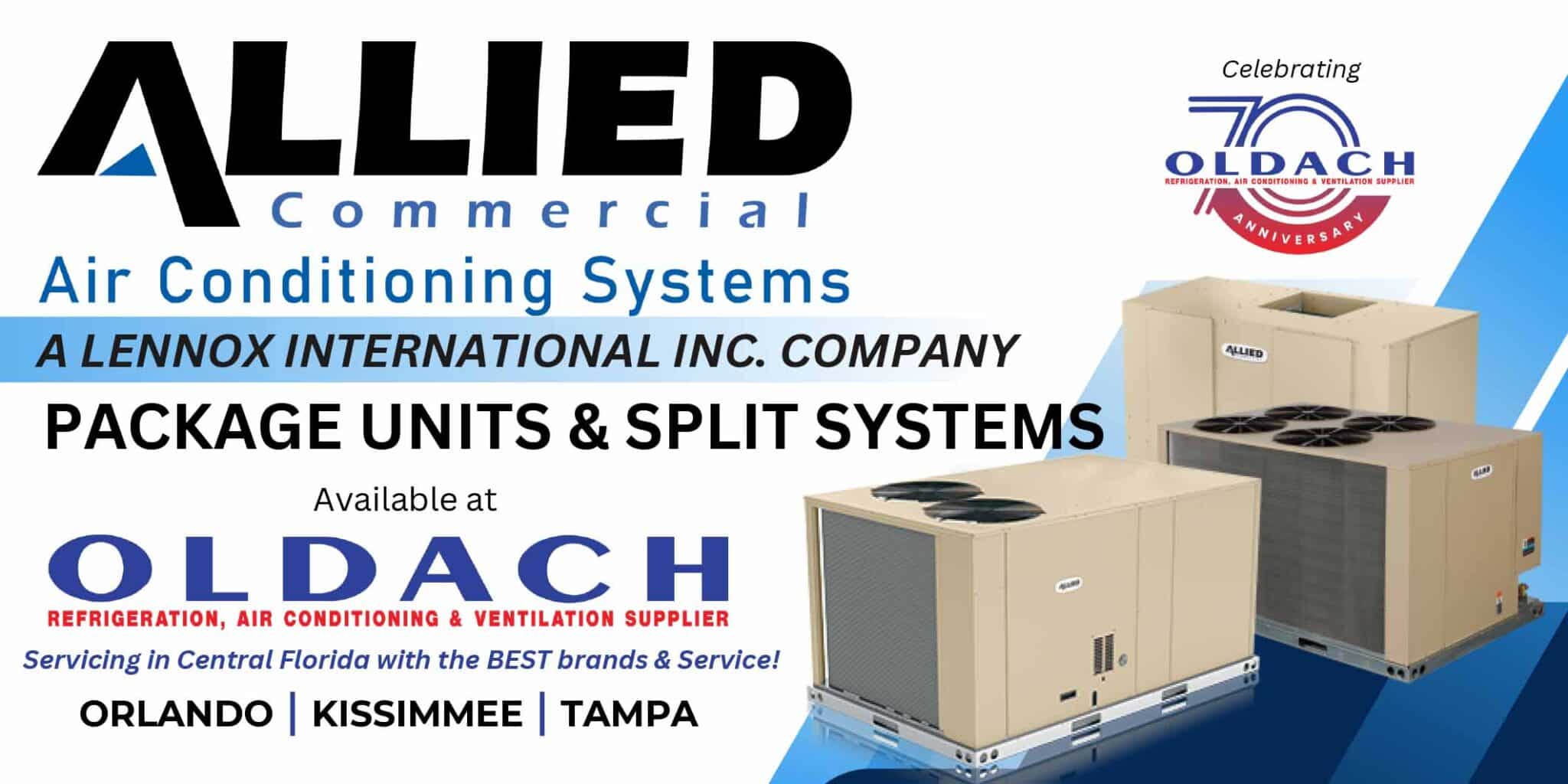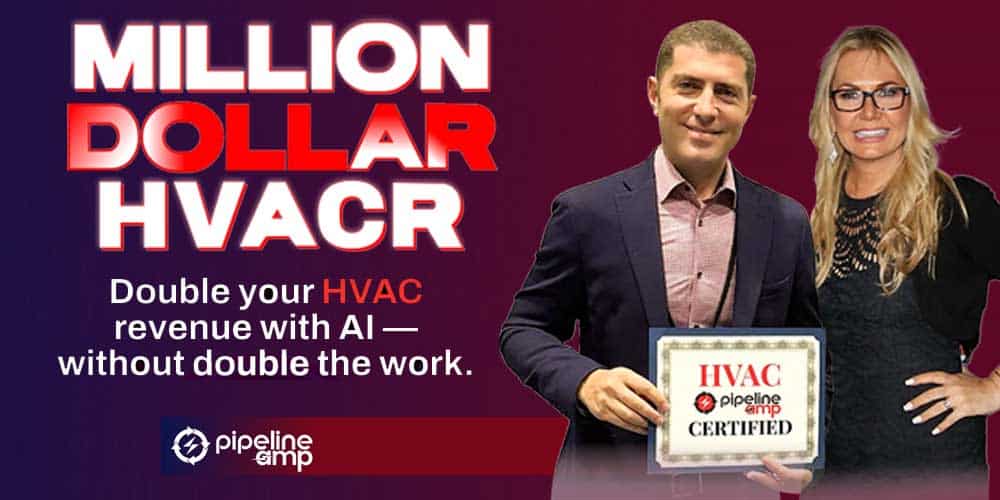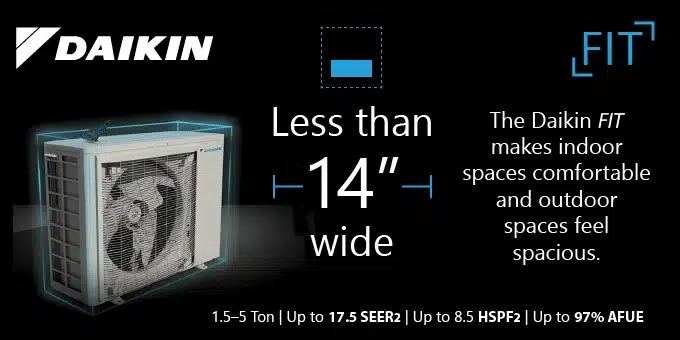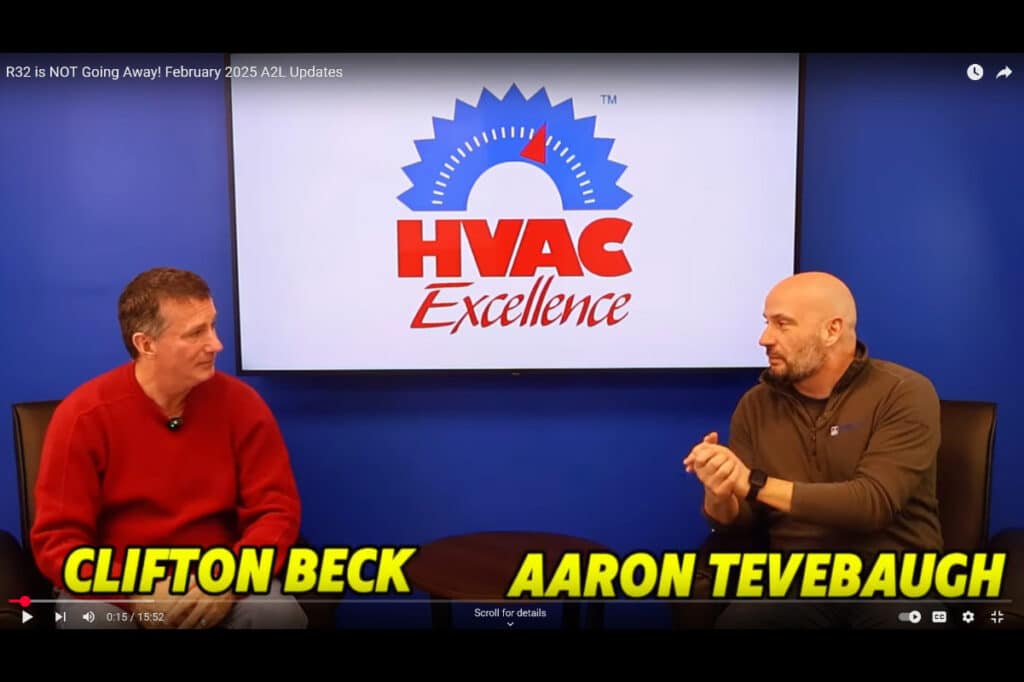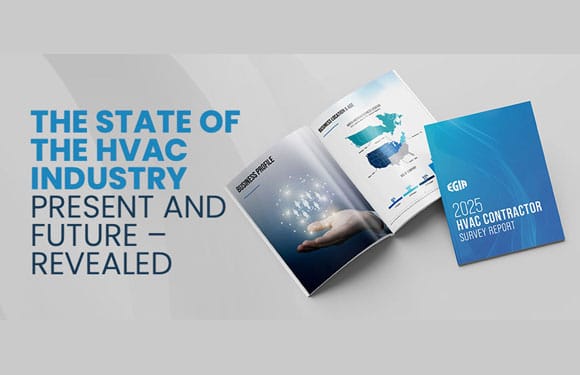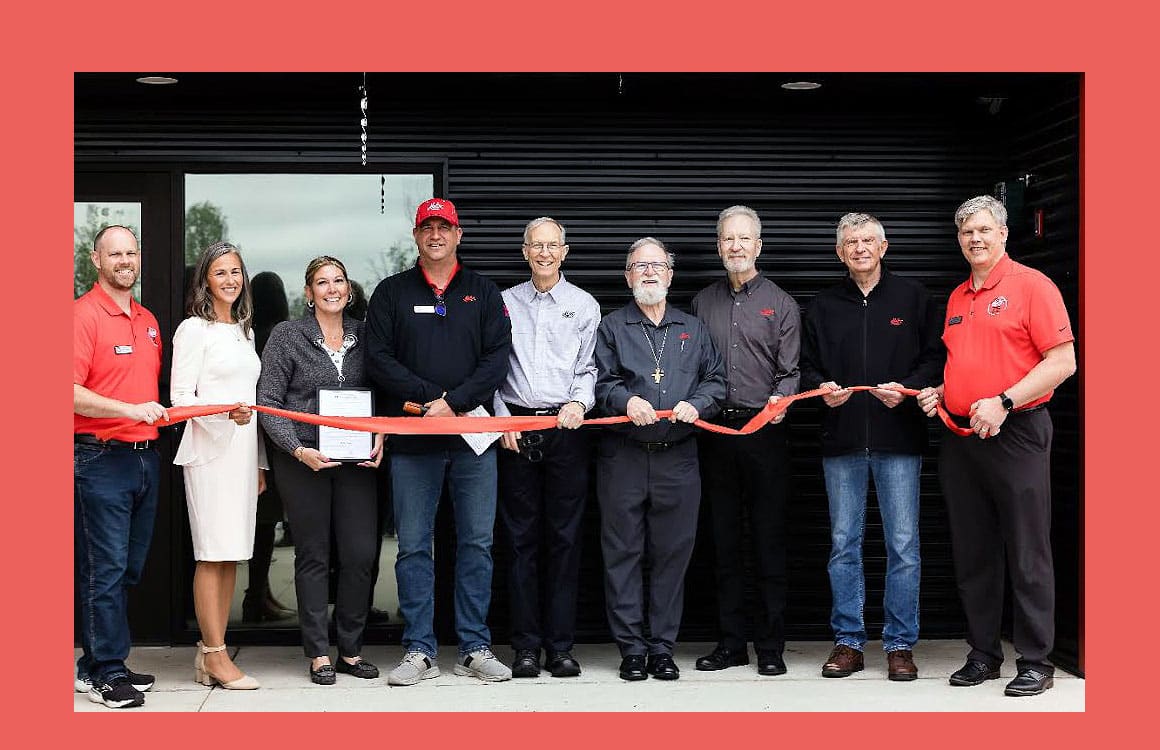Tanks and Weights. As I’m sitting down to write this we just finished our annual PBACCA High-E-Fishin-Sea Tournament. What a great time, even with a few raindrops. I didn’t fish this year but I was able to work the scales. As we were going through the day I noticed the weights of the fish and it got me thinking about weights and how we apply it to our industry. The first task that came to mind was tank weights. With the upcoming EPA refrigerant transition (January 2025) and the issues with R-410a production it seems like an uptick in recovery is at hand. Did you know there is a right way to transport your recovery tanks? Recovery tanks should be filled no more than 80%. This gets a little tricky with the pressure-temperature properties of refrigerants; it can get warm here in Sunny South Florida. You will need a few things to find the tank weight and capacity. A good electronic scale, information from the tank such as water capacity (WC) and the tare weight (TW) as well as the Specific Gravity (SG) of the refrigerant you are working with. The formula look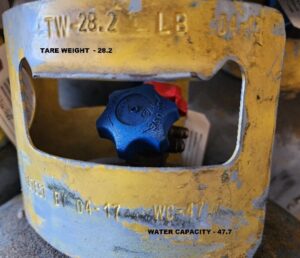 s like this: W=[0.8 x WC x SG] + TW. In the tank image to the left we see the water capacity (WC) is 47.7, the tare weight (TW) is 28.2 and the specific gravity of R-410a is 1.08. According to the text, Modern Refrigeration and Air Conditioning, specific gravity is defined, “as the ratio of the mass of the refrigerant to the mass of an equal amount of water under similar pressure and temperature conditions.” (there’s a bunch of fun math to go along with the specific gravity value! Its much easier to locate this information on the properties of the refrigerant you are working with; or use one of the calculators found in apps or online). Putting this formula to work looks like this: [0.8 x 47.7 x 1.08] + 28.2 = 69.4 pounds at 80% capacity. Remember this equation is worked out just under 80°F and the internal temperatures in our service vehicles can be greater than this. As a note, some recovery machines are equipped with an overfill feature to prevent the tank from being filled more than 80%; this feature eliminates the need for manual calculations.
s like this: W=[0.8 x WC x SG] + TW. In the tank image to the left we see the water capacity (WC) is 47.7, the tare weight (TW) is 28.2 and the specific gravity of R-410a is 1.08. According to the text, Modern Refrigeration and Air Conditioning, specific gravity is defined, “as the ratio of the mass of the refrigerant to the mass of an equal amount of water under similar pressure and temperature conditions.” (there’s a bunch of fun math to go along with the specific gravity value! Its much easier to locate this information on the properties of the refrigerant you are working with; or use one of the calculators found in apps or online). Putting this formula to work looks like this: [0.8 x 47.7 x 1.08] + 28.2 = 69.4 pounds at 80% capacity. Remember this equation is worked out just under 80°F and the internal temperatures in our service vehicles can be greater than this. As a note, some recovery machines are equipped with an overfill feature to prevent the tank from being filled more than 80%; this feature eliminates the need for manual calculations.
Another item to consider is the transportation of our tanks. According to OSHA regulations, we should securely store our tanks in an upright position. This applies to most of the tanks we use. The metal refrigerant tank racks we all seem to have store the refrigerant horizontally; however, oxygen, acetylene, nitrogen and CO2 tanks should all be secured in an upright position. As an example; acetylene cylinders should be stored valve end up. If acetylene cylinders have been stored horizontally, they should be stood up vertically for at least 30 minutes before use. Acetylene cylinders contain a porous mass in the center of the tank and liquid acetone that dissolves the gas. If a cylinder has been transported or stored horizontally, it must be left to settle in an upright position for at least 30 minutes before use. This gives the liquid acetone time to return to its correct place in the porous mass. This prevents the release of solvent which can quickly vaporize and lead to problems that affect both safety and quality.
In any case we want to make sure we are safely transporting our equipment, if the tanks are not securely stored and rolling around the valve can be broken off. This can cause the cylinder to becomes a missile…not cool anywhere but especially not in a confined space. I’m sure there are plenty of “cylinder missile” videos on the inter-webs…for a safety review. As always, be safe in all you do!
Kelly McCann is an accomplished Heating, Ventilation and Air Conditioning (HVAC) professional with over 30 years in the industry. He has experience in several capacities; installation, service, service management, O.E.M technical support and territory management. Kelly has also provided professional instruction since 2000, teaching at the Florida Air Conditioning Apprenticeship Association. His current position is Retail Sales Manager at Custom Mechanical Inc. in West Palm Beach, FL.




